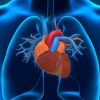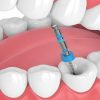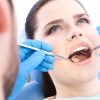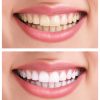In the process called PRP, the contribution of platelets that provide blood clotting
to the repair and healing process is utilized. Platelets, which contain
the “growth factors” required to repair the damaged tissues, start a
repair process by collecting in this tissue if there is a damage in the
tissues. PRP application aims to give more thrombocytes to the target
tissue than can be transported by blood circulation.
How is the application done?
PRP is applied as follows; blood is taken from the person. The platelet-rich
part of the blood is separated by a special centrifuge and filtering process. This
part is injected into the area to be treated. Thus, a large amount of
growth factor is released at the injection site. These, in turn, provide
the healing of wounds, the removal of skin problems such as wrinkles, acne
scars, and the renewal of the skin. After separation in PRP application,
it should be used quickly without waiting.
It is possible to do PRP in several ways. It can be injected into the sterilized
area, or it can be opened with a dermapen and left on the canals in the form of
masking. The method of application is determined by the patient’s
condition.
How many sessions are required?
It is usually applied in 3 sessions, one month apart. Then, depending on the
condition of the skin of the person, it is continued with a single session in 6
months or 3 sessions in 6 months. From the first application, a healthy
appearance and brightness appears on the skin.
Which areas can it be applied to?
PRP can be used in many areas such as skin damage and wrinkles, loss of elasticity, joint
degeneration. In addition, the restorative power of PRP is used
extensively not only on the face, but also on the neck, décolleté, hands, and
scalp. PRP is the first solution that comes to mind especially in newly
formed thin wrinkles such as around the lips.










































































